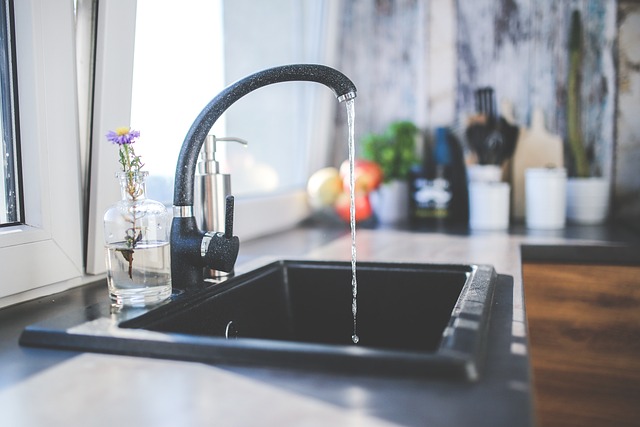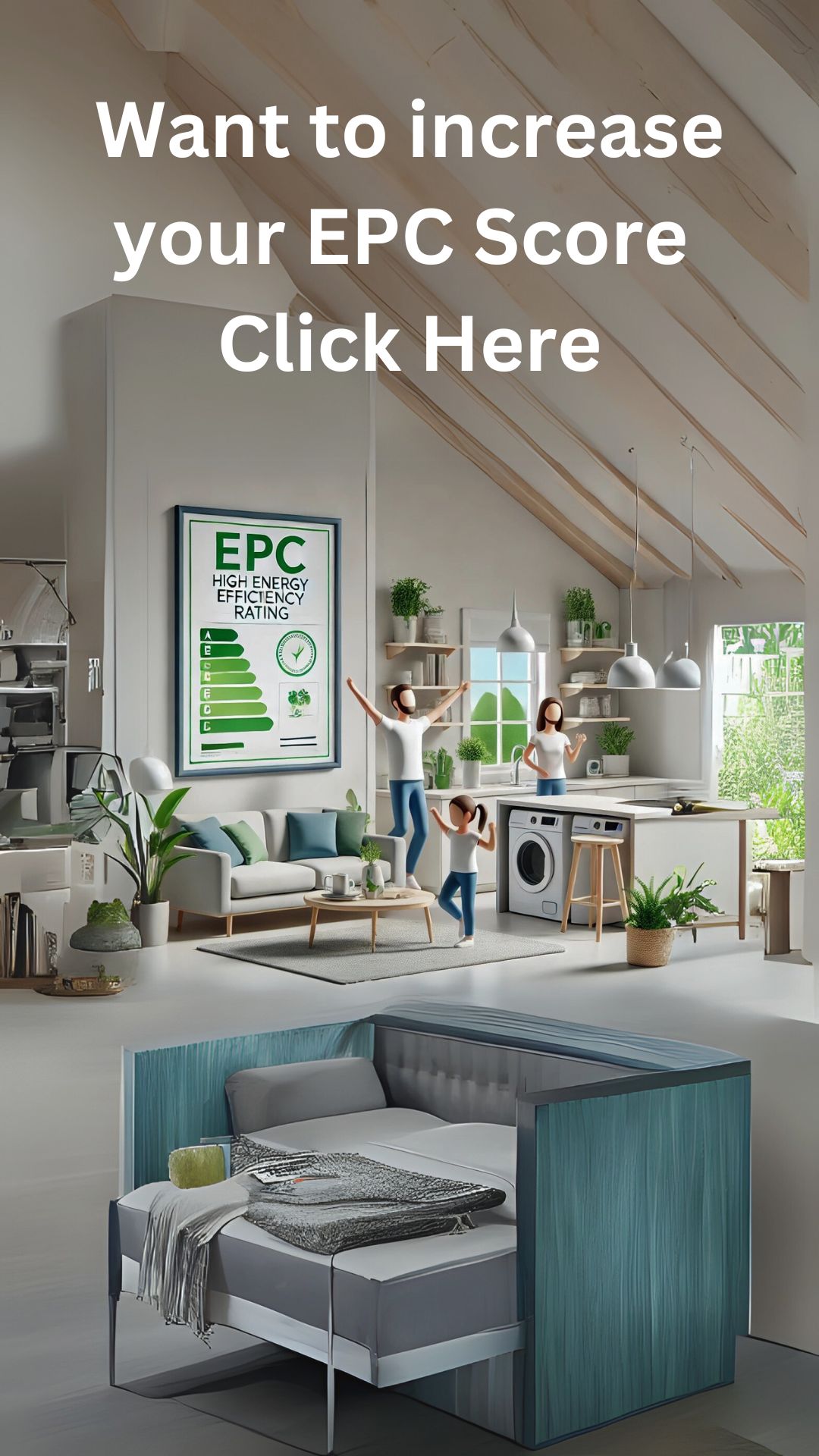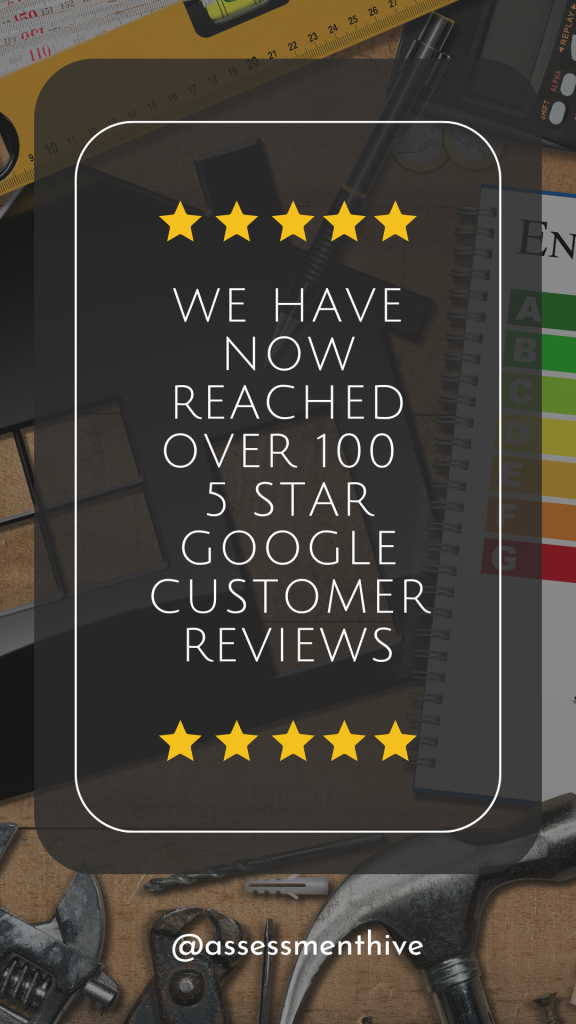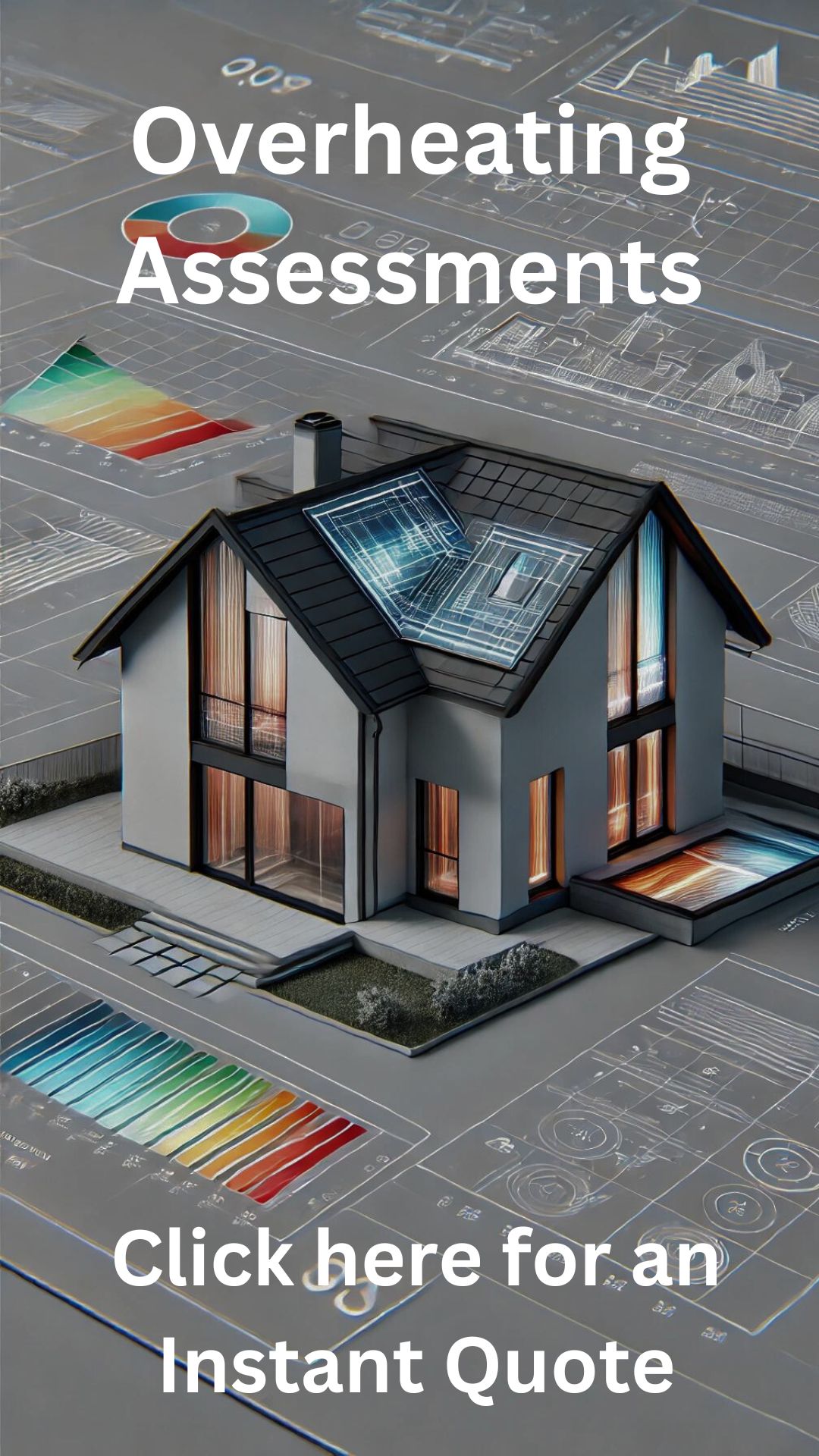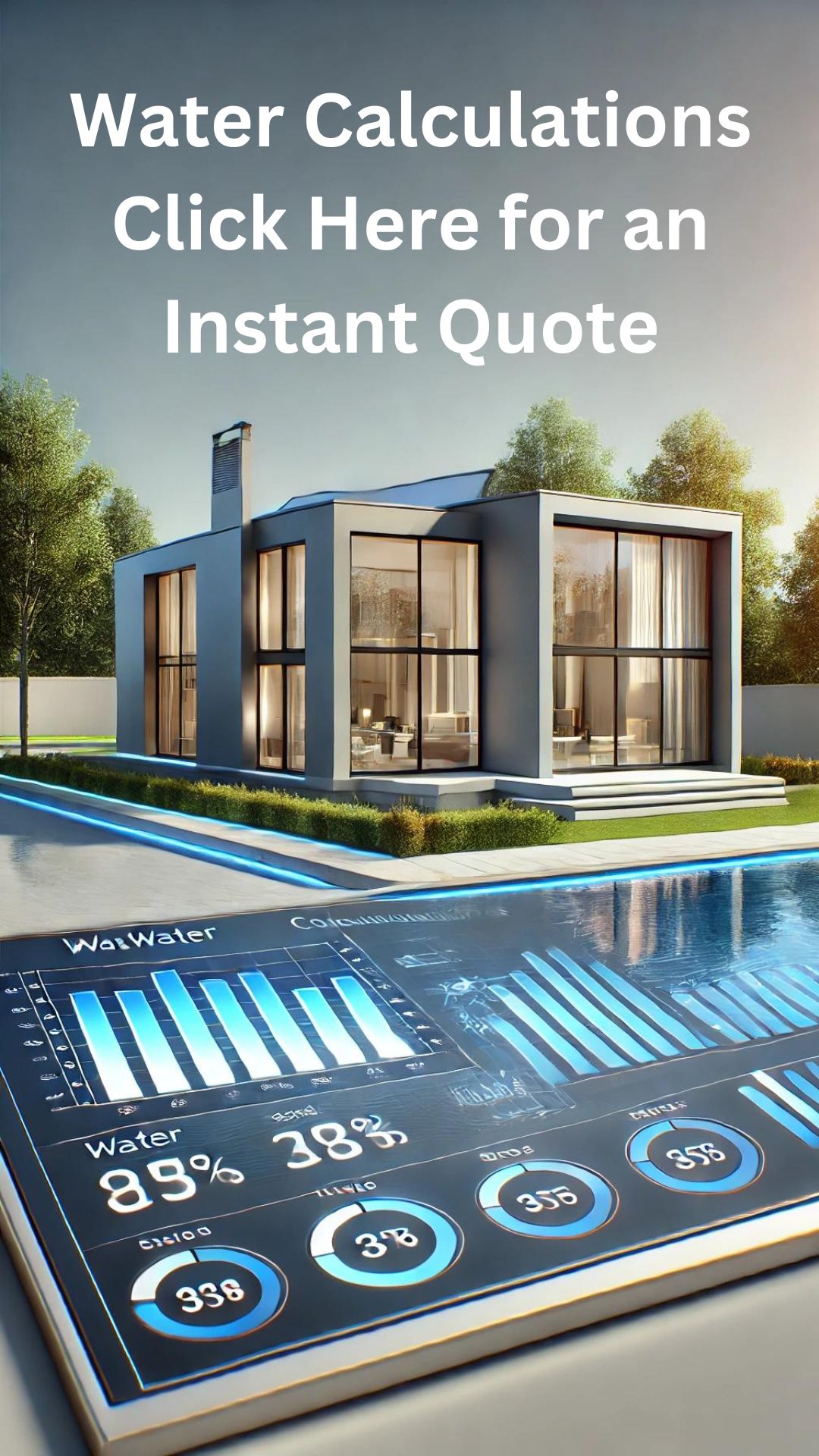The recent dry spell across large parts of the UK is already highlighting the need to conserve as much water as possible. The Environment Agency is already warning that there is a ‘medium’ risk of a drought this summer, thanks to the driest start to spring in almost 70 years.
However, the need to be ‘water efficient’ is already enshrined in the UK’s building regulations. Here Assessment Hive, who offer property SAP assessments in London and across the UK, explain more.
The Legal Position
The water efficiency figure is a requirement for designers, builders and owners of all new-build properties, as laid out in Part G of the UK’s Building Regulations. It is also needed for most conversions, if the work involves either:
- adding to (or changing) the property’s water fixtures
- increasing the property’s number of occupants.
In addition, Part G states that a property must not use more than 125 litres of water per person per day. This figure may vary depending on where the property is to be built. For example, if you live in London, then this figure may be lower – the London Plan, a document which covers all aspects of planning, building and the environmental impact of developments, says properties must not use more than 110 litres per person per day.
The water efficiency figure can also indirectly affect a property’s Energy Performance Certificate. Some EPCs also take a building’s environmental impact into account, so reducing the amount of water which is being ‘wasted’ could result in a higher grading. Pressure groups such as Waterwise are at the heart of ongoing efforts to make water efficiency a more prominent part of EPC calculations.
Water efficiency calculations are normally carried out at the same time as the other SAP (Standard Assessment Procedure) calculations.
How It’s Calculated
The calculations look at all the property’s (or conversion’s) wet rooms, so kitchens as well as bathrooms are included. On a micro level, the flow rates of all the taps or shower heads are all considered, as well as the capacity of any baths, and the flush capacity of all the toilet cisterns.
Inspectors will also take into account the water consumption of washing machines and dishwashers. Any ‘grey-water’ installation (which reuses any waste bath or shower water) or rainwater harvesting system (such as a water butt) which the property has fitted will also form part of the calculations.
If you want to improve the property’s water efficiency at the design stage (or later), you can build in or add either of these two types of system. Equally, you could install low-flow taps or dual flush toilets, which will ensure the property doesn’t use any more water than is necessary.
Property SAP Assessments from Assessment Hive
At Assessment Hive, we carry out water efficiency assessments in all types of property across the UK. Depending on the size or your property, it will take on average 1-2 days to complete your calculations. We will need a full set of plans and details of the water appliances before we can carry out the work.
The water efficiency calculations may just be some of the information or certification that you need as an architect, designer, homeowner or business owner. At Assessment Hive, we can provide a comprehensive range of building control services, so whether you need SAP calculations in Haringey, SBEM calculations in Kent, or an Energy Performance Certificate in Essex, get in touch with us.
You can contact us by following this link and completing the online form, by calling us on 020 3745 1093, or by emailing us at [email protected].


